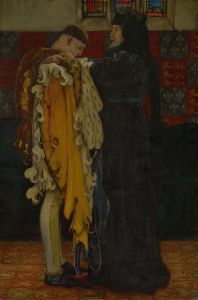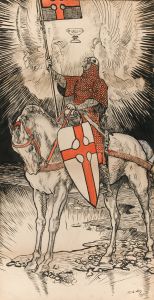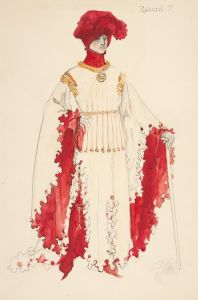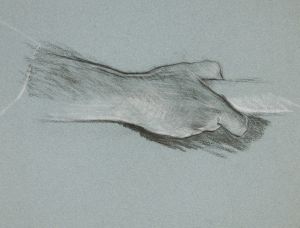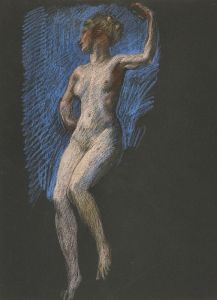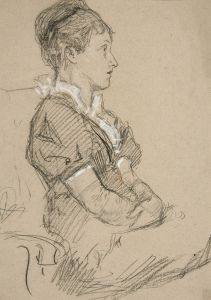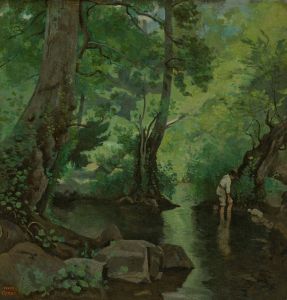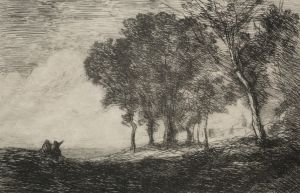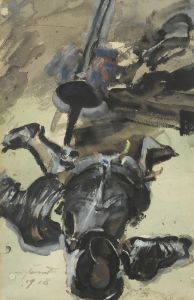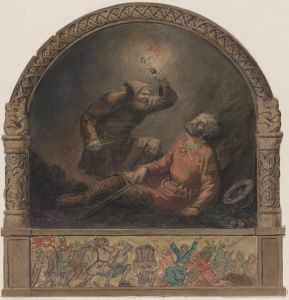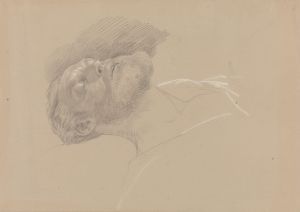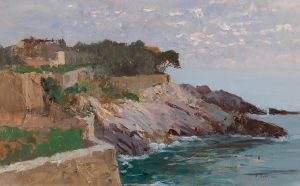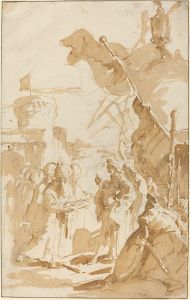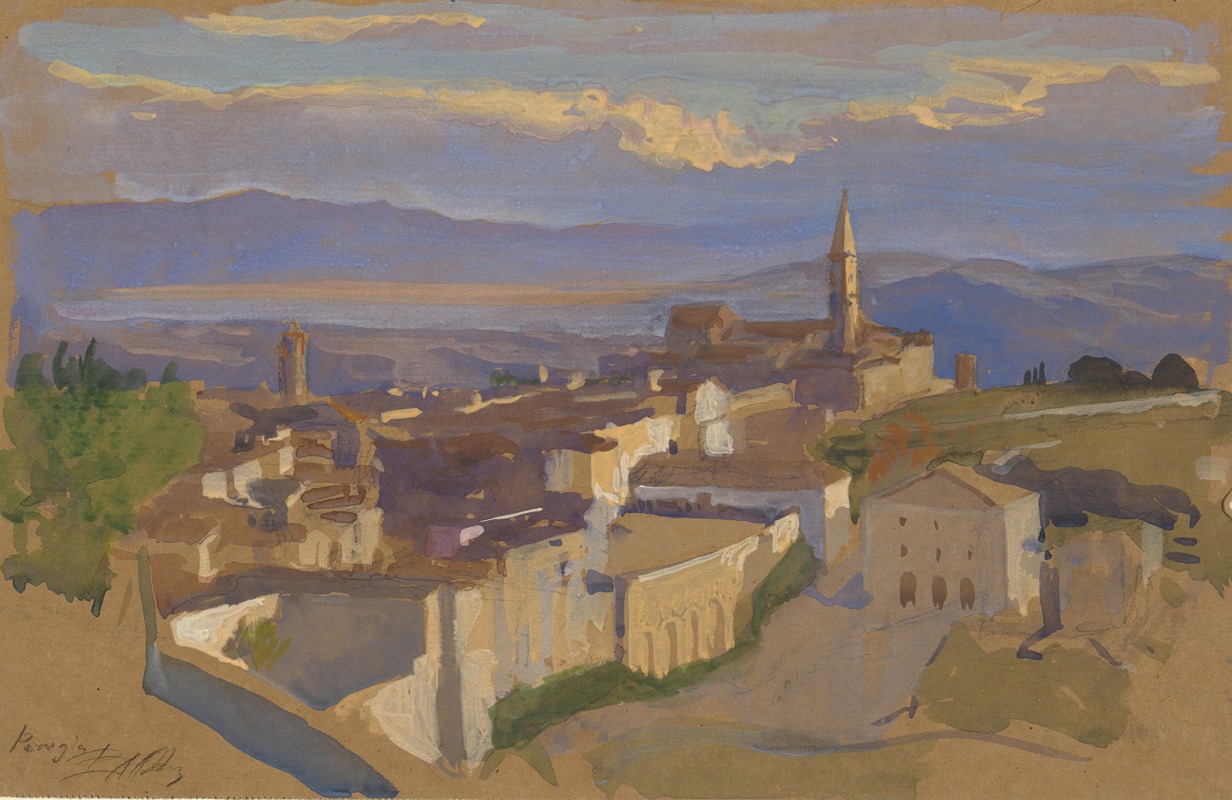
View of Perugia
A hand-painted replica of Edwin Austin Abbey’s masterpiece View of Perugia, meticulously crafted by professional artists to capture the true essence of the original. Each piece is created with museum-quality canvas and rare mineral pigments, carefully painted by experienced artists with delicate brushstrokes and rich, layered colors to perfectly recreate the texture of the original artwork. Unlike machine-printed reproductions, this hand-painted version brings the painting to life, infused with the artist’s emotions and skill in every stroke. Whether for personal collection or home decoration, it instantly elevates the artistic atmosphere of any space.
Edwin Austin Abbey (1852–1911) was an American artist known for his illustrations and paintings, particularly those depicting historical and literary themes. Abbey was born in Philadelphia and studied at the Pennsylvania Academy of the Fine Arts. He later moved to England, where he spent much of his career and became associated with the Pre-Raphaelite Brotherhood and other artists of the time.
"View of Perugia" is one of Abbey's works that reflects his interest in capturing the essence of historical and cultural settings. Perugia is a city in central Italy, known for its rich history, medieval architecture, and vibrant cultural life. It is likely that Abbey was inspired by the city's picturesque landscapes and historical significance when creating this artwork.
Abbey's style often combined detailed realism with a romantic sensibility, capturing both the physical and atmospheric qualities of his subjects. His works were characterized by meticulous attention to detail and a strong sense of narrative, often drawing on historical or literary sources for inspiration. While specific details about "View of Perugia" are limited, it can be inferred that Abbey's depiction of the city would have emphasized its architectural beauty and historical ambiance.
Throughout his career, Abbey was highly regarded for his ability to bring historical and literary scenes to life. He was commissioned to create murals for the Boston Public Library and the Pennsylvania State Capitol, among other prestigious projects. His work was celebrated for its technical skill and imaginative interpretation of historical themes.
Abbey's connection to Italy and its cultural heritage is evident in several of his works. Italy was a popular destination for artists of the 19th century, offering a wealth of inspiration through its art, architecture, and landscapes. Abbey's travels in Europe, including Italy, likely influenced his artistic development and provided material for his paintings and illustrations.
In addition to his paintings, Abbey was a prolific illustrator, contributing to publications such as Harper's Weekly and illustrating works by authors like William Shakespeare and Robert Herrick. His illustrations often featured elaborate compositions and a keen eye for period detail, further establishing his reputation as a master of historical and literary art.
"View of Perugia" fits within the broader context of Abbey's oeuvre, reflecting his fascination with historical subjects and his ability to convey a sense of place and time. While specific information about this particular painting is scarce, it remains a testament to Abbey's skill and his enduring interest in capturing the beauty and history of the places he depicted.
Overall, Edwin Austin Abbey's work, including "View of Perugia," continues to be appreciated for its artistic merit and its contribution to the visual interpretation of historical and cultural themes. Abbey's legacy as an artist is marked by his dedication to detail, his narrative approach, and his ability to evoke the spirit of the past through his art.





